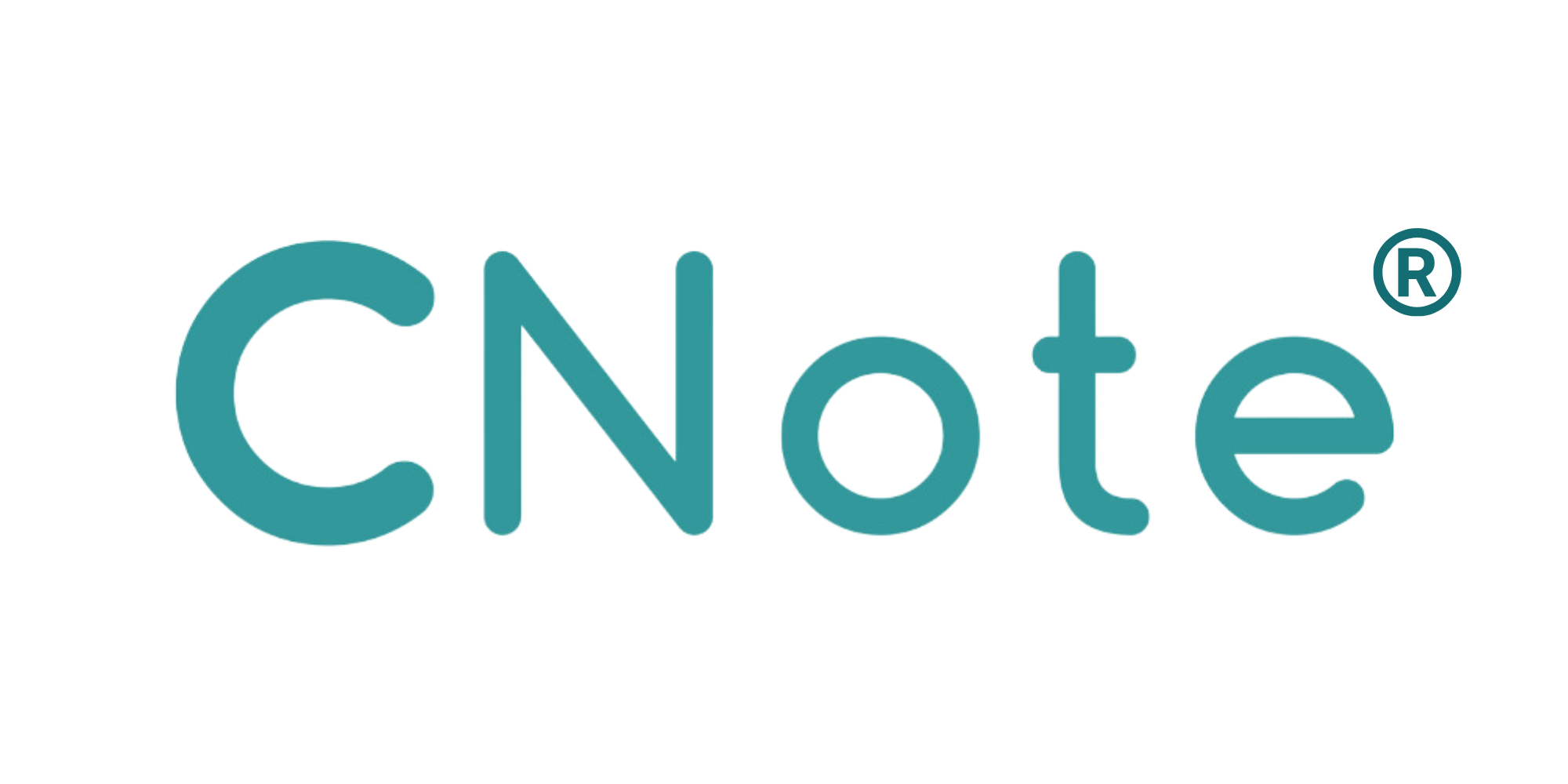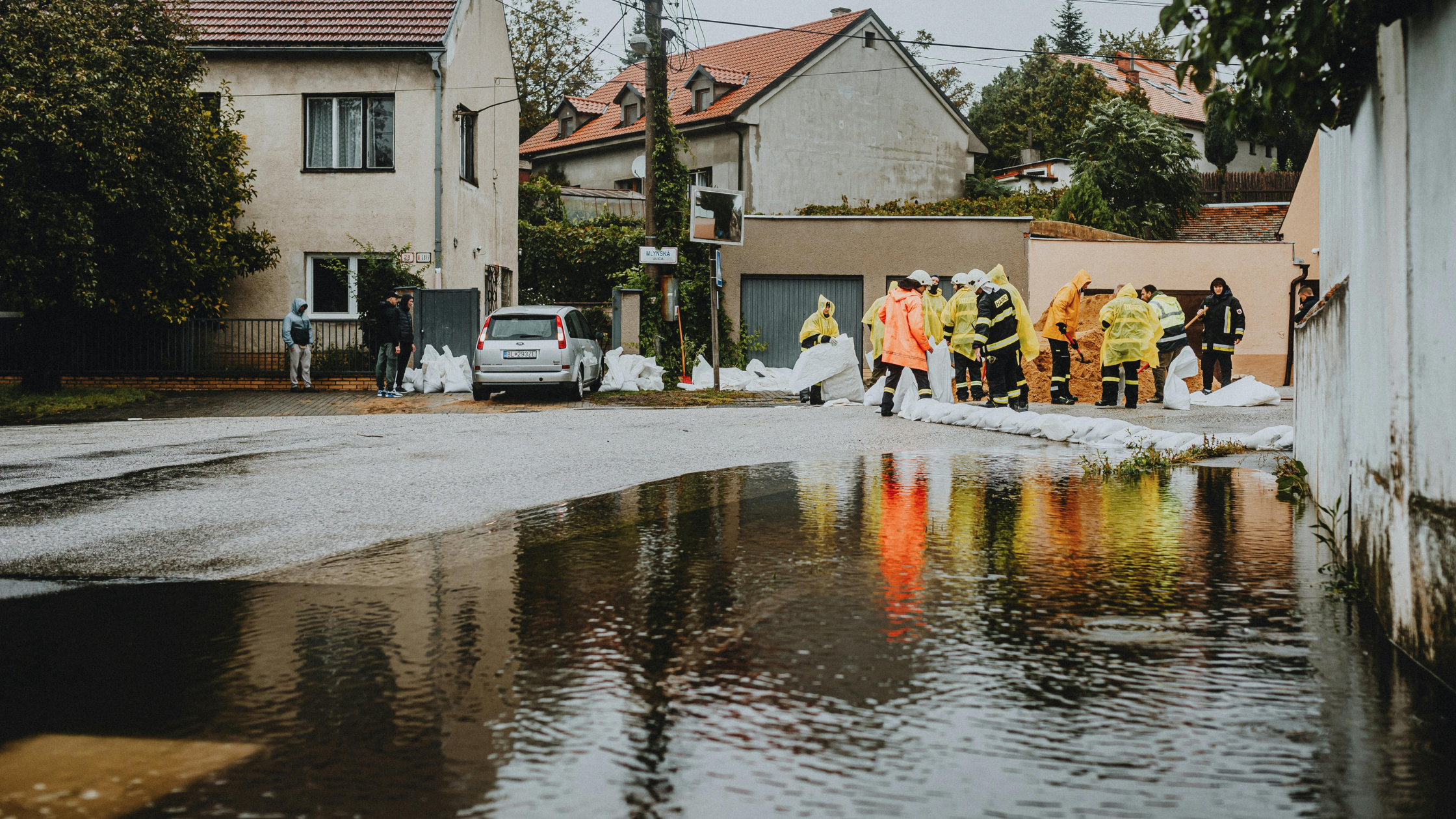When disaster strikes—be it a hurricane, flood, wildfire, or tornado—the physical damage is obvious: homes reduced to rubble, businesses shuttered, and entire communities uprooted. But beyond the wreckage lies an often-overlooked reality: the lasting financial toll on local economies, especially in underserved or rural areas. Disaster relief isn’t just about rebuilding—it’s about economic resilience, and for many communities, that road is long, expensive, and uneven.
The Financial Aftershock of Natural Disasters
Natural disasters are a growing economic threat. In 2023, the U.S. experienced 28 separate billion-dollar weather and climate disasters—the highest number ever recorded—according to the National Oceanic and Atmospheric Administration (source: NOAA). These events cost the U.S. economy over $90 billion in damages (source: NOAA).
But beyond the headline figures are the nuanced, deeply personal economic disruptions:
- Small businesses often close permanently.
- Local banks and credit unions face liquidity challenges.
- Workers are laid off, and uninsured losses can plunge families into poverty.
Disasters don’t just wipe out infrastructure—they dismantle economic lifelines.
Especially Hard-Hit: Underserved Communities
While all communities suffer in the wake of disaster, low-income and rural communities often face disproportionate burdens. According to the Urban Institute, these populations are more likely to live in high-risk areas and lack access to resources needed for recovery (source: Urban Institute). Delayed insurance payouts, slow government response, and poor infrastructure can help compound the challenge.
Disaster Relief Isn’t Quick—Or Even Linear
Recovery from major disasters can take years. A Federal Reserve report emphasizes that long-term recovery can extend five to ten years, particularly in rebuilding housing, regrowing local businesses, and restoring economic activity (source: Federal Reserve).
Even years later, disaster-affected communities often lag behind in job growth, housing stock, and small business reformation.
The Critical Gap After the First Month
The first 30 days after a disaster often see an outpouring of support—emergency aid, national media attention, GoFundMe campaigns. But what happens on day 31?
The Center for Disaster Philanthropy reports that 66% of capital is donated in the immediate aftermath, with only 12% provided for long-term recovery (source: Disaster Philanthropy). Meanwhile, survivors face ongoing needs:
- Continued displacement
- Business interruptions
- Delayed insurance and FEMA reimbursements
Without sustained capital, local economies falter right when they need to scale up rebuilding efforts.
Turning Donations Into Long-Term Impact (and Earning Potential)
What if your support didn’t stop at a one-time donation? What if your dollars could continue working long after the headlines fade?
That’s the goal of depositing cash into programs like CNote’s Disaster Resilience and Recovery Program.
Through CNote’s Impact Cash® program, people and institutions can direct insured capital to community financial institutions that are rebuilding from the ground up. These institutions:
- Provide affordable loans for disaster-affected small businesses
- Finance new housing and infrastructure
- Promote inclusive, sustainable recovery
By supporting these trusted institutions, individuals and corporations don’t just contribute—they participate in the rebuilding process. And unlike traditional donations, these deposits:
- Offer financial returns
- Are FDIC or NCUA insured
- Can be measured for social impact and economic outcomes
How to Keep Communities Moving Forward
Helping a community truly recover goes beyond just the first 30 days. It’s about what happens day 31 and beyond. By supporting community-based financial institutions, you help ensure that recovery doesn’t stop when media coverage fades. Your capital becomes a bridge between emergency response and economic resilience.
In Summary:
- Natural disasters cost the U.S. billions annually—over $90 billion in 2023 alone.
- Recovery can take years, especially in underserved communities.
- Most donations occur within the first month, yet long-term recovery needs persist.
- Deposits through tools like CNote’s Impact Cash allows your dollars to continue to drive recovery—while offering returns and measurable impact.
Let’s transform recovery from a moment to a movement. Support communities. Support resilience.
Learn more about CNote’s Impact Cash and Disaster Resilience and Recovery Program here: https://www.mycnote.com/solutions/impact-cash/


